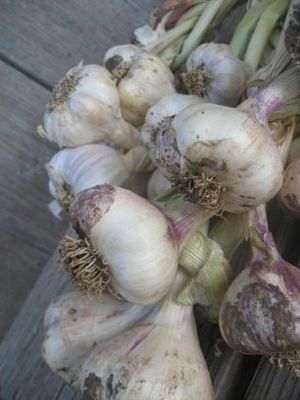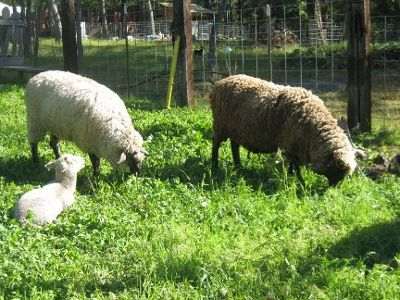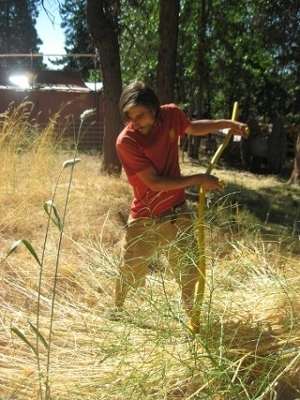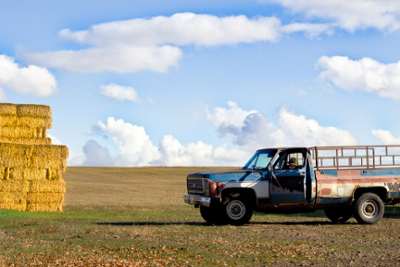Modeling Sustainable Food Systems
“Anyone who has been involved in food production understands that food is far from a product. It is a dynamic process that cycles with the seasons. It is a network of many interwoven life forms and systems functioning together. It can be repetitive, hard work. It can be emotionally challenging and uplifting. It can deeply nourish part of us left unfilled by calories, vitamins and minerals.”

Harvesting sugar beets
Below are the areas of food systems that we are currently focusing on. Many of these categories contain many projects and systems within them, are connected to one another, and have impacts that extend beyond food itself.
- Animal Husbandry
- Apiary
- Aquaponics
- Food Forest
- Gardens
- Mycology
- Gathering
- Preservation
- Preparation
Food in Our Lives
Food is frequently one of the first things that comes to mind when people think of sustainability, and for good and obvious reasons. Without a well-nourished body, we are incapable of surviving, let alone thriving and creating a culture worthy of gifting to future generations.

Caring for a Goat Kid
In the history of human societies, the culture that surrounds food—what is eaten, how it is eaten and the methods for its procurement—has arguably been a defining component of social structures, world views, and the value systems, language, and myths that evolve within this context.
The process of feeding ourselves is an intimate one—we take one form of life, whether it be plant, animal or fungi, and make it part of our own body, enabling our life to go on, and engaging in a cycle that no living creature escapes.
In order to feed ourselves we necessarily change or modify the physical world we inhabit, and in so doing define how we relate to the earth systems that support us. In part because of the pure necessity of food and its fundamental influence in the way we live, food often forms the centerpiece of celebrations, traditions, and everyday gatherings of family and friends.
Clearly food plays a central role in our lives, enough to give us pause and to rethink the way we relate to food.

Garlic Braids
Grocery stores encourage people to think of food as a product, something that sits on a shelf or comes in a package, complete with a nutritional label and an attractive logo.
This is a practice that disconnects eaters from the communities of people, animals and ecosystems that create and provide the very food that sustains them, and the consequences are all too often harmful for our bodies, and our relationships with each other and this earth.
Anyone who has been involved in food production understands that food is far from a product. It is a dynamic process that cycles with the seasons. It is a network of many interwoven life forms and systems functioning together. It can be repetitive, hard work. It can be emotionally challenging and uplifting. It can deeply nourish part of us left unfilled by calories, vitamins and minerals.
Food Systems at Windward
Appropriate methods of food production are necessarily specific to a land base. Systems well-suited for fertile flood plains will differ from those well adapted to mountain sides.

Sheep Grazing
Yet the methods for arriving at the methods appropriate for a given location are universal, and are derived from close observation of the natural systems.
If a food production system is going to be sustained indefinitely it needs to fall within the bounds of what can be sustained by local resources, and existing ecosystems provide a functional and time-tested model that can be mimicked.
Some questions to ask include:
- What are the precipitation and temperature patterns?
- How does water, wind and sunlight travel through the landscape?
- What forms and functions do the existing flora and fauna have?
- What factors promote ecosystem health, growth and productivity and what limits them?

Apple Chutney
Windward is intentionally located on marginal land—a sloping plateau with basalt outcrops, shallow, clay-rich soils, a five month dry season that extends through most of the growing season, and cold winters. The methods we are developing are designed to optimize the resources we have available to us here, and may not be optimal for all locations.
We have learned from nature that repetition and redundancy, diversity, and flexibility can better lead to system resilience and therefore food security, and so we attempt to integrate this understanding into the practice of our food production systems.
We are working towards multiple methods of providing nutrients for the kitchen and also try to utilize a variety of species to fill critical niches or roles.
As with most things at Windward, our decisions regarding how to best sustain food production on this land are informed by history—both how people living in this region over the millennia nourished themselves, as well as what techniques developed by people living in similar ecological conditions around the world would be appropriate to try here. We also embrace more recently developed technology when it meets our overarching goals.

Harvesting Grains
Production is only one part of the food system necessary to provide nutrition for the community year-round in this temperate climate. Preservation and preparation techniques are similarly integral skills necessary to best utilize that which we have labored to produce.
The process of transforming a hillside, already alive with existing ecosystems and with little history of human modification, into one that can wholly nourish a group of people is no small task.
Over the past twenty years, much work has been done to lay the groundwork for simple but comfortable living, including shelter, running water, and electricity. Because of these efforts, we are now at a point where we are able to significantly advance our food production strategies and we can focus on addressing how to best sustain well-balanced nutrition year-round, given our climate and conditions.

Loading Straw for the Animals
While we do produce an increasing portion of our own sustenance on-site, we are far from self-sufficient, nor is it our goal to be a commercial farm. Rather, we are taking the approach of a research farm and forest where we explore the techniques needed to integrate humans and our life-support systems into this landscape. We have much exciting work to do!
